Nuclear Radiation

Can you explain the concept of "radiation shielding" and its importance in radiation protection ?
Radiation shielding plays a critical role in radiation protection by using materials to absorb or deflect harmful radiation, thus reducing exposure levels. This concept is essential in industries such as nuclear power generation, medical imaging, and space exploration, where high radiation levels pose risks. Radiation shielding is important for human health protection, safety in nuclear facilities, medical applications, space exploration, and environmental conservation. Various materials are used for radiation shielding, including lead, concrete, water, polyethylene, tungsten, and boron, each effective against specific types of radiation.
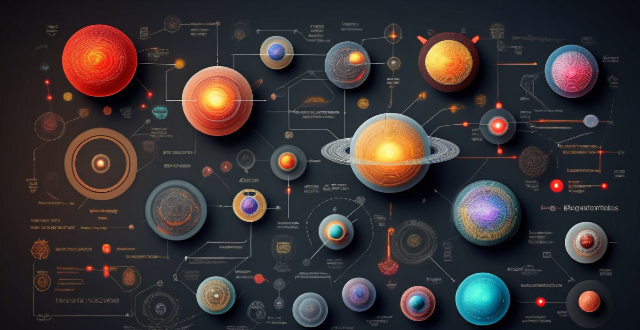
What are some emerging technologies or materials being developed for improved radiation protection ?
This article discusses various emerging technologies and materials being developed to improve radiation protection, including advanced shielding materials like nanomaterials and metal-organic frameworks (MOFs), smart detection systems for real-time monitoring and machine learning-powered analysis of radiation levels, personal protective equipment (PPE) such as next-generation spacesuits and radiation-resistant clothing, medical countermeasures like radioprotectants and gene therapy, and nuclear waste management solutions like Synroc and glassification. These advancements aim to enhance safety and security in environments where radiation is a concern, across sectors such as nuclear power generation, medical applications, space exploration, and nuclear waste management.
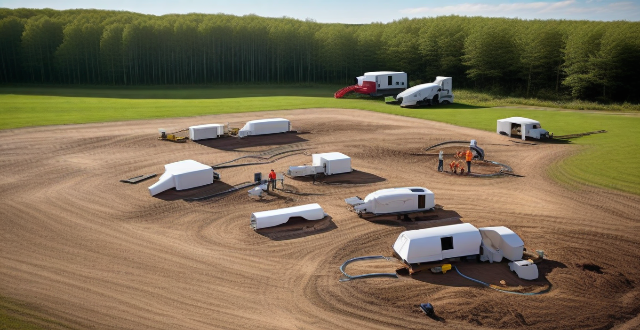
How does the use of nuclear energy impact radiation levels in the environment and what measures are taken to mitigate this ?
This article discusses the impact of nuclear energy on radiation levels in the environment, highlighting the release of radioactive materials through air emissions, liquid discharges, and solid waste disposal. It also outlines mitigation measures taken at different stages of the nuclear fuel cycle, including design and construction, operation and maintenance, waste management, and decommissioning and site restoration. The article emphasizes that significant measures are taken to ensure the safe and reliable use of nuclear energy as a source of power.

What are the most effective ways to protect against radiation exposure ?
Radiation exposure can be harmful to our health, and it is essential to take measures to protect ourselves from its effects. Here are some of the most effective ways to protect against radiation exposure, including using shielding materials, maintaining a safe distance, wearing protective clothing, following safety guidelines, getting regular check-ups, eating a healthy diet, and staying informed.

What role does government regulation play in ensuring safe levels of radiation exposure for the public ?
Government regulation is essential for ensuring safe radiation exposure levels by setting standards, licensing facilities, conducting inspections, educating the public, investing in research, preparing for emergencies, and collaborating internationally to manage radiation risks effectively.

What are the potential benefits and drawbacks of nuclear power in terms of climate change and energy security ?
Potential Benefits of Nuclear Power: - Low carbon emissions during operation, contributing to climate change mitigation. - High energy density of uranium enhances energy security by reducing reliance on imported fuels. - Ability to provide stable baseload power ensures reliability and energy security. Potential Drawbacks of Nuclear Power: - Significant GHG emissions from mining, refining uranium, plant construction, and decommissioning. - Long-lived radioactive waste poses challenges for climate change mitigation and environmental safety. - Risk of meltdowns and nuclear proliferation undermines energy security.
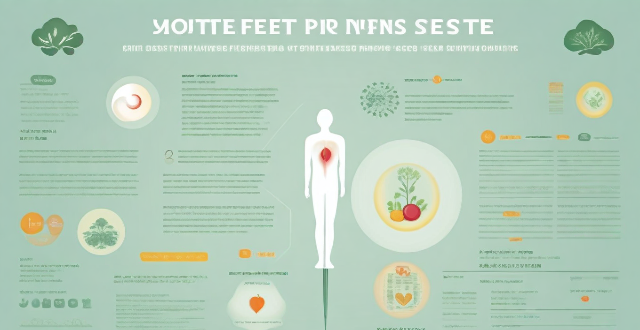
How does radiation affect human health and what can be done to prevent it ?
Radiation, both natural and man-made, can have harmful effects on human health, including damage to living tissue, increased cancer risk, and genetic mutations. Types of radiation include ionizing (X-rays, gamma rays) and non-ionizing (UV light). Health effects range from acute radiation syndrome to cancer and cataracts. Preventing exposure involves limiting contact with ionizing radiation, using protective equipment, monitoring levels, and staying informed about safety guidelines.
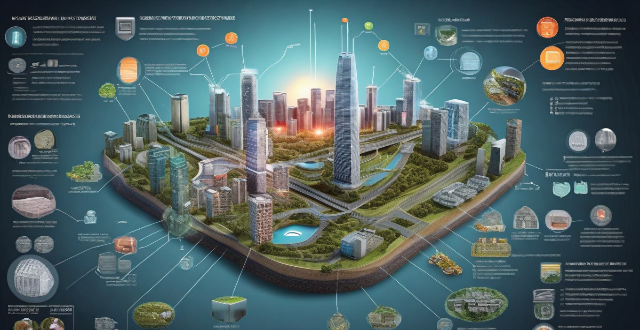
What is the future of nuclear energy in the energy market ?
The future of nuclear energy is promising, as it has advantages such as low carbon emissions, high energy density and baseload power. However, challenges like safety concerns, waste disposal, and high costs must be addressed. Increasing demand for clean energy, advances in technology, and integration with renewable sources can drive the growth of nuclear energy in the future.
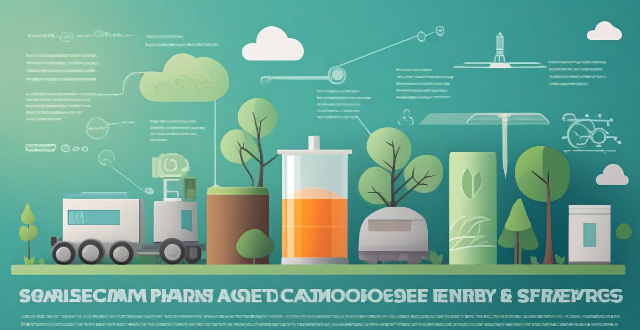
What role can nuclear power play in providing alternative energy solutions ?
Nuclear power is a low-carbon energy source that can contribute significantly to providing alternative energy solutions. It offers several advantages, such as low carbon emissions, high energy density, diverse fuel sources, waste management capabilities, economic benefits, job creation, and energy security. With its potential to reduce carbon emissions and mitigate climate change, nuclear power can play a crucial role in meeting our energy needs while also contributing to environmental sustainability.

What are some common misconceptions about radiation and how can we address them ?
The text discusses common misconceptions about radiation and offers ways to address them. It clarifies that not all types of radiation are harmful, with ionizing radiation being potentially damaging to cells' DNA and non-ionizing radiation generally considered safe at low levels. The text also explains that while some forms of radiation can increase the risk of cancer, not all types lead to cancer development. Additionally, it points out that radiation exposure can be acute or chronic, and its effects may not be immediately apparent. Finally, the text emphasizes that the danger associated with radiation depends on several factors, including the type of radiation, the amount of exposure, and the duration of exposure.
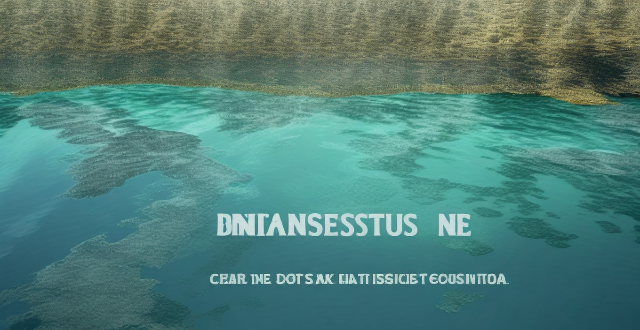
What are the different types of radiation and how do they differ in terms of risk ?
This text discusses two main types of radiation: ionizing and non-ionizing, detailing their characteristics, examples, and potential risks. Ionizing radiation, which includes alpha particles, beta particles, gamma rays, X-rays, and neutrons, can damage living tissue and DNA, leading to cancer and other health issues. Non-ionizing radiation, such as ultraviolet light, visible light, microwaves, radio waves, and extremely low-frequency radiation (ELF), generally poses lower risks but can still cause harm with high levels of exposure. The text emphasizes the importance of managing exposure to both types of radiation to mitigate potential risks.
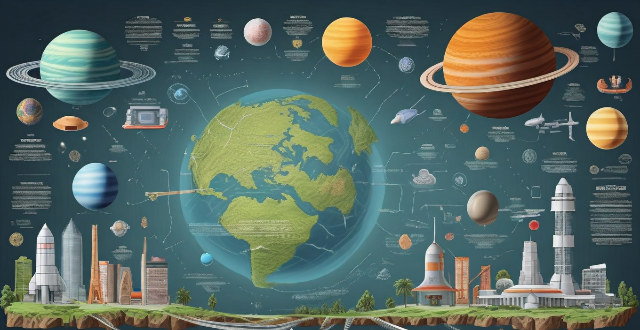
How can we protect ourselves from radiation exposure during space travel or living on other planets ?
Radiation exposure is a significant concern for astronauts during space travel and for future settlers on other planets. Shielding, distance, time management, and medication and supplementation are effective ways to protect against radiation. Lead, concrete, and water are good shielding materials. Distance from the source of radiation reduces exposure. Time management involves limiting the duration of exposure. Antioxidants, amifostine, and melatonin may help protect against radiation damage by reducing oxidative stress and promoting DNA repair.

How can we reduce our exposure to ionizing radiation from medical procedures such as X-rays and CT scans ?
This article discusses strategies to reduce exposure to ionizing radiation during medical procedures. It covers preparation before the procedure, such as informing your doctor about prior radiation exposure and discussing alternative imaging options. During the procedure, it suggests using lead shielding appropriately, optimizing machine settings, and limiting the number of exposures. After the procedure, it recommends following up with your doctor and monitoring for any side effects related to radiation exposure. Additionally, it provides lifestyle choices to minimize overall radiation exposure, such as staying informed about environmental radiation sources and limiting consumer products that could contain radioactive materials.

How does protective clothing protect against radioactive substances ?
Protective clothing shields wearer from radiation exposure by acting as a barrier between them and the radioactive substance. Shielding materials used, such as lead or other heavy metals, reduce the radiation's intensity and prevent it from reaching the body. Thickness and density of the material are crucial in determining protection level. Maximum coverage area is necessary, including all skin surfaces and extremities. There are two main types: disposable (single-use) and reusable (can be cleaned and reused). Levels of protection vary depending on expected radiation exposure. Proper maintenance and care ensure effectiveness over time.
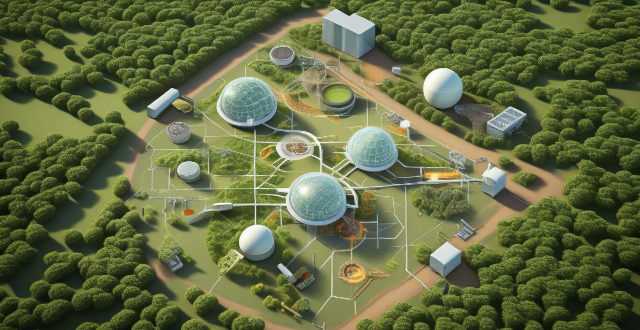
What technological advancements are necessary for the successful establishment of a lunar base ?
Establishing a lunar base requires technological advancements in areas such as life support, energy production, habitat construction, transportation, communication, health monitoring, and extravehicular activity. Innovations like advanced recycling systems, hydroponics for food production, solar power, nuclear energy, 3D printing of habitat components, radiation shielding, rugged vehicles, high-speed internet, automation, telemedicine, improved spacesuits, and specialized tools are essential for creating a sustainable and efficient lunar habitat.
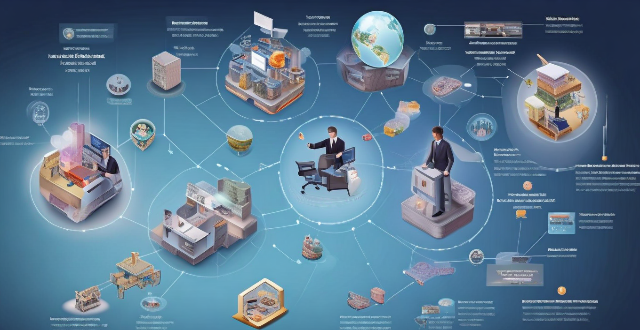
What challenges need to be overcome to create a sustainable lunar base ?
Building a sustainable lunar base presents significant challenges in logistics, environment, technology, and human factors. These include reliable transportation, remote construction, surviving extreme conditions, power generation, effective communication, habitability concerns, health care, and team dynamics. Addressing these issues will require innovative solutions and international collaboration, ultimately paving the way for deeper space exploration.

How do climate models account for factors such as ocean currents, atmospheric pressure, and solar radiation ?
Climate models are complex mathematical representations of the Earth's climate system, designed to simulate and understand the behavior of various components such as ocean currents, atmospheric pressure, and solar radiation. These factors play a crucial role in shaping our planet's climate, and their interactions are essential for accurate climate predictions. Ocean currents act as conveyor belts for heat, moving it from the equator towards the poles and helping to regulate global temperatures. Climate models use fluid dynamics equations to simulate the movement of water in the oceans, and observations from satellites and buoys are integrated into models to improve the accuracy of ocean current simulations. Atmospheric pressure influences weather patterns and is a key driver of wind systems around the globe. Numerical Weather Prediction (NWP) Models solve the Navier-Stokes equations to simulate atmospheric pressure changes over time, while Global Climate Models (GCMs) incorporate principles of thermodynamics and fluid dynamics to predict how pressure variations will impact climate. Solar radiation provides the primary energy source that drives Earth's climate system. Radiative Transfer Models (RTMs) calculate how solar radiation interacts with the atmosphere and Earth's surface, while Spectral Irradiance Models estimate the amount of solar energy reaching Earth based on sunspot activity and other solar cycles. Coupled Models combine RTMs with atmospheric and oceanic models to understand the full impact of solar radiation on climate.
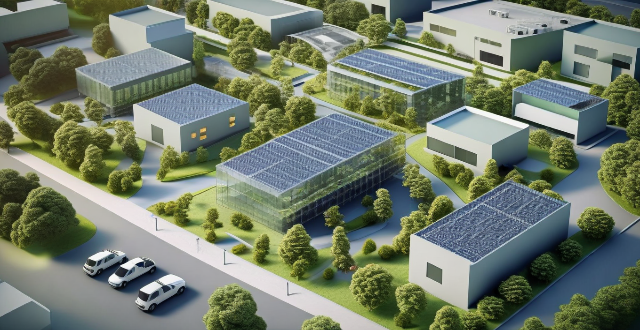
What innovative technologies are being developed to mitigate the effects of global warming ?
Innovative technologies are being developed to mitigate global warming and reduce greenhouse gas emissions. These include renewable energy sources, carbon capture and storage, nuclear fusion, electric vehicles, smart grid technology, afforestation and reforestation, energy efficiency improvements, biofuels and bioenergy, green building design, and climate engineering. Each of these technologies offers unique benefits and challenges in addressing the pressing issue of global warming.
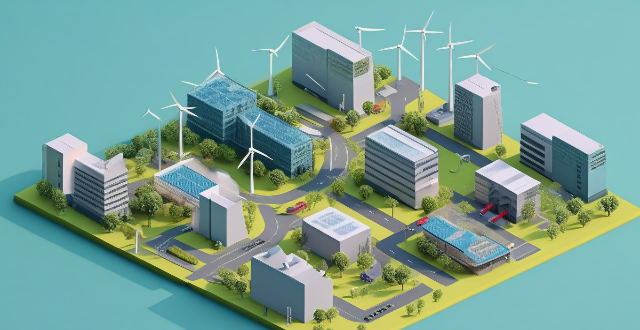
What innovative technologies are being developed to counteract climate change ?
Innovative technologies being developed to combat climate change include carbon capture and storage, renewable energy sources such as solar, wind, hydroelectric, and geothermal power, electric vehicles with advanced battery technology, smart grids, artificial photosynthesis, biofuels, nuclear power, geoengineering, green building design, afforestation and reforestation, sustainable agriculture, waste management and recycling, blue-green infrastructure, circular economy practices, digital innovations in energy management, eco-friendly transportation options, solar fuels, and strategies to mitigate urban heat island effects. These approaches aim to reduce greenhouse gas emissions, enhance energy efficiency, and promote the use of sustainable resources to address global warming and its impacts on the environment.
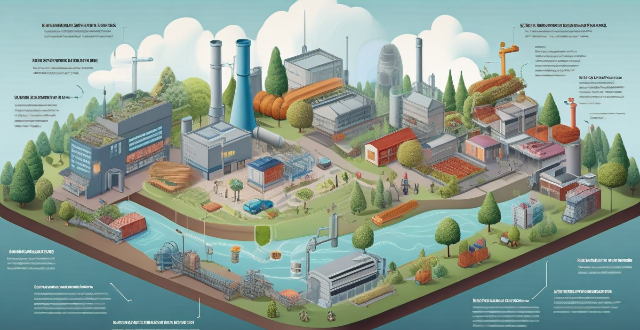
What kind of living conditions can we expect in a lunar base ?
Living on the Moon presents numerous challenges that must be addressed to create a sustainable environment for humans. These include dealing with low gravity, lack of atmosphere, limited water and food resources, waste management, power generation, and communication with Earth. Advancements in technology and scientific research are making it increasingly feasible to establish a lunar base, paving the way for future discoveries and expansion into space.

What are the current advancements in interstellar exploration technology ?
The text discusses the current advancements in interstellar exploration technology. The main topics include the Breakthrough Starshot project, which aims to propel tiny spacecraft to Alpha Centauri using powerful lasers on Earth; warp drive technology that could allow faster-than-light travel by manipulating space-time; ion propulsion systems already used in deep space missions and capable of long-duration missions; and nuclear propulsion systems potentially offering higher speeds than chemical propulsion systems but with safety concerns. These technologies offer hope for humanity's future as an interstellar species.